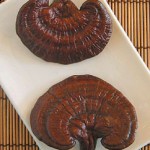 Natural products like Chinese herbs have become increasingly important for new pharmaceutical discoveries. Chinese Herbs and other phyto-medicinals are being widely studied particularly for cancer treatments. Currently more than 60% of cancer drugs are of plant origin. New research on the Chinese herb called Ye Ju Hua or Wild Chrysanthemum flower shows anticancer activities and could be a valuable resource in the fight against cancer.
Natural products like Chinese herbs have become increasingly important for new pharmaceutical discoveries. Chinese Herbs and other phyto-medicinals are being widely studied particularly for cancer treatments. Currently more than 60% of cancer drugs are of plant origin. New research on the Chinese herb called Ye Ju Hua or Wild Chrysanthemum flower shows anticancer activities and could be a valuable resource in the fight against cancer.Flower Medicine on the Forefront of Liver Cancer Treatment
 Natural products like Chinese herbs have become increasingly important for new pharmaceutical discoveries. Chinese Herbs and other phyto-medicinals are being widely studied particularly for cancer treatments. Currently more than 60% of cancer drugs are of plant origin. New research on the Chinese herb called Ye Ju Hua or Wild Chrysanthemum flower shows anticancer activities and could be a valuable resource in the fight against cancer.
Natural products like Chinese herbs have become increasingly important for new pharmaceutical discoveries. Chinese Herbs and other phyto-medicinals are being widely studied particularly for cancer treatments. Currently more than 60% of cancer drugs are of plant origin. New research on the Chinese herb called Ye Ju Hua or Wild Chrysanthemum flower shows anticancer activities and could be a valuable resource in the fight against cancer.
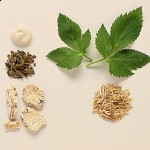
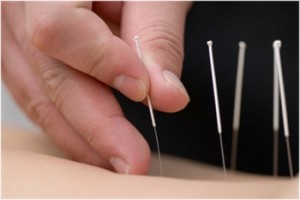
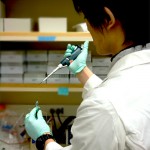
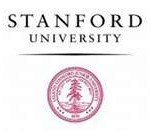




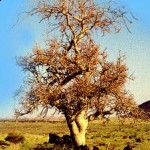
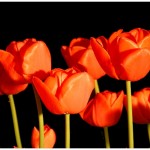 Botany of Desire
Botany of Desire